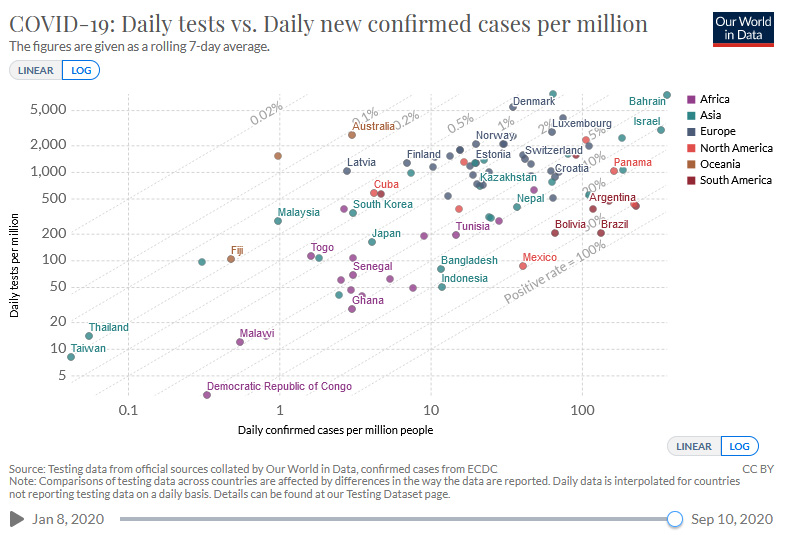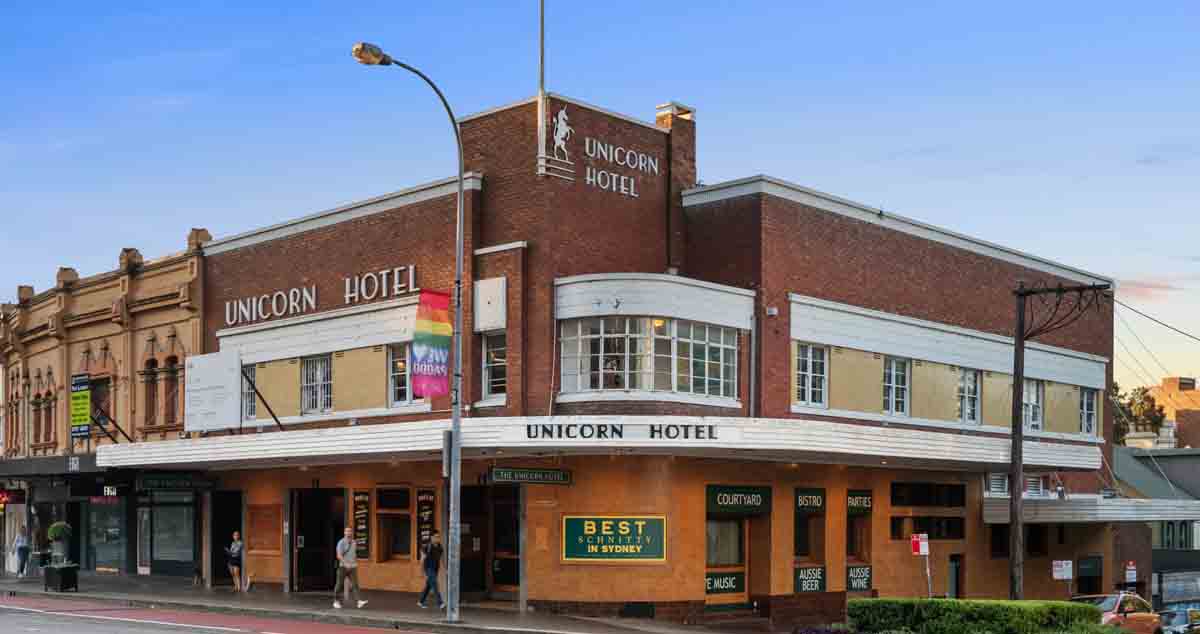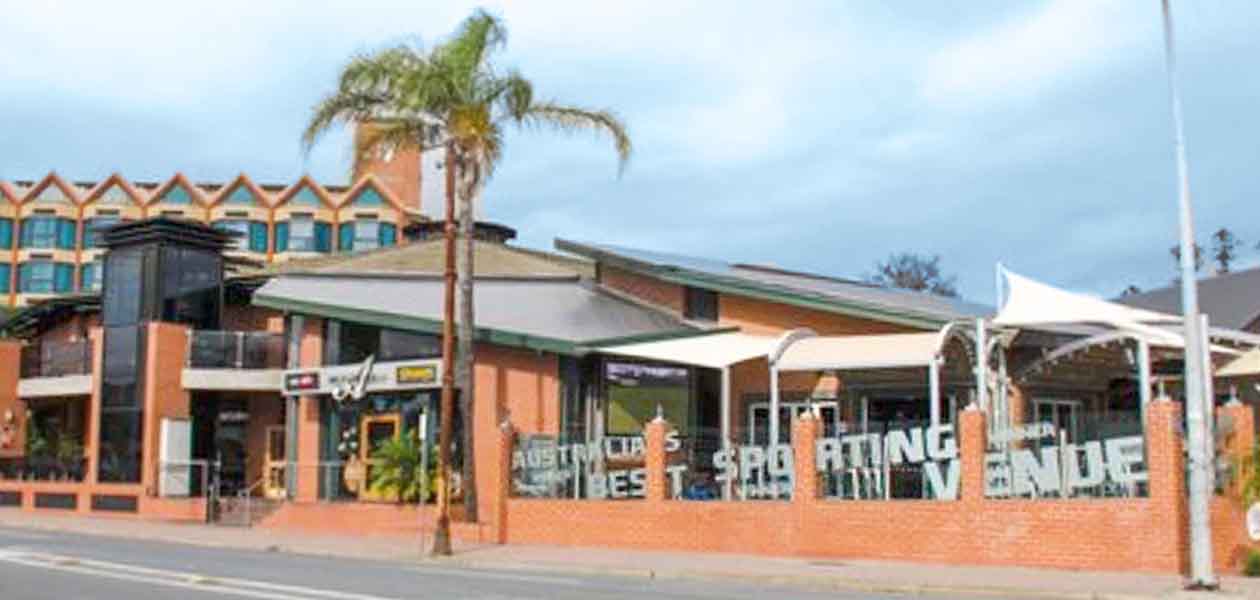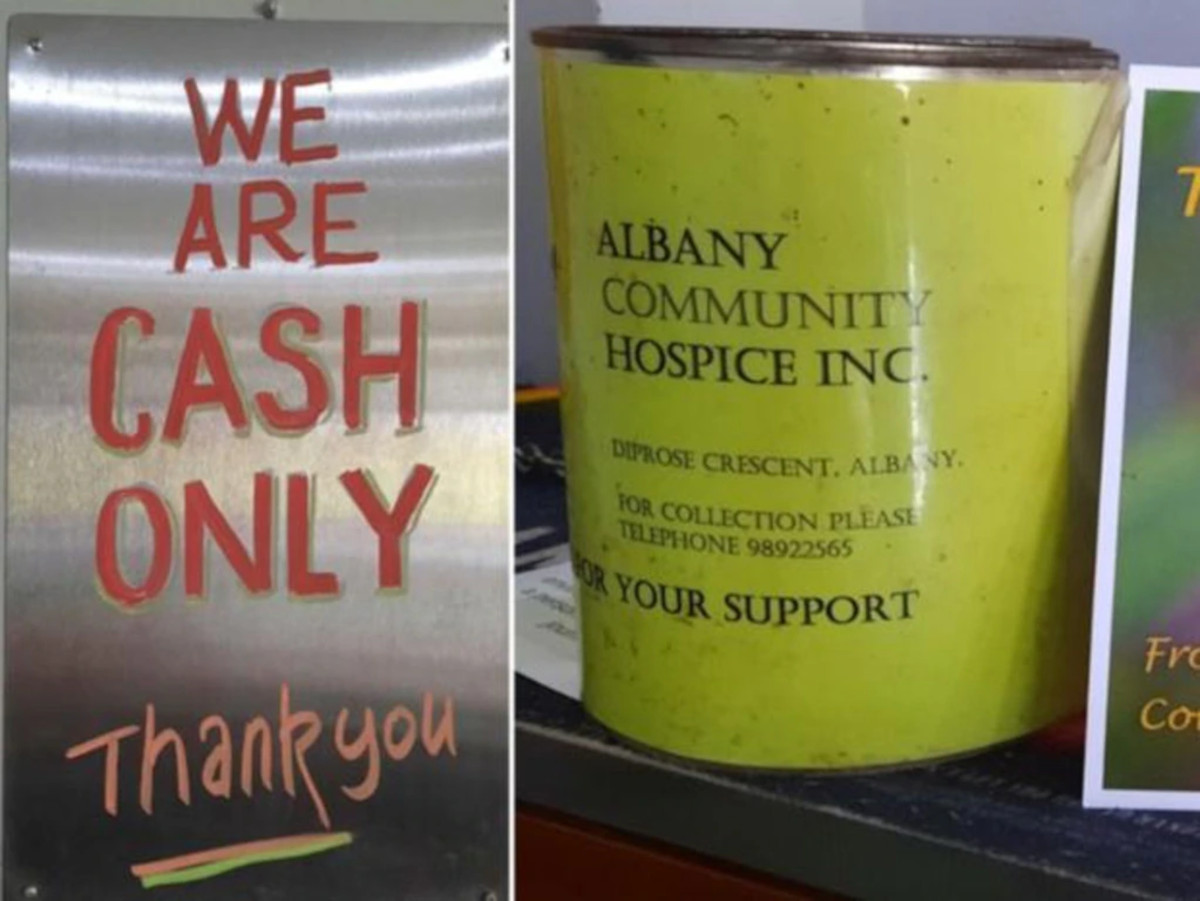Publicans, operators and owners have come together to plead with Government for clemency and more support if pubs are to survive, under the weight of the politicised Victorian response clutching at what could be overly ambitious targets.
The urgent message from industry follows news of the permanent closure of the Mona Castle and Morning Star Hotels, sparking concerns of many to follow.
Pub owners across Melbourne are calling for:
- Increased financial support
- Consultation and consideration to allowing industry to safely re-open as early as Stage 3
- A review of capacity restrictions, particularly in large pubs that can safely accommodate greater capacity than set out in the Roadmap to Recovery while still ensuring adequate social distancing
The message stresses the challenges large-format venues will face in reopening in any meaningful way before the end of the year and the relevance of employing staff already trained and experienced in observing, monitoring and responding to patron behaviour.
Hoteliers speak of the loss of community and inclusion, where locals gather and connect, and Melbourne’s iconic laneways lined with music and art and cafes, wine bars and pubs.
Sand Hill Road (SHR) director Andy Mullins says these are the “heartbeat and lungs” that fuel the city’s culture, and they need support “right now”.
“It’s not about profits,” he stresses. “It’s a tight enough game as it is … so many owners just merely survive.
“Right now, in Victoria, we are down 100 per cent in trade. We have staff leaving the industry in droves. It’s been six months, and in the current timelines, it could be nine months to a year. Who else could withstand that?
“But we stay in the game because we truly, truly love it. We love this city. But it’s on its knees. We are begging and pleading for help. We can’t be shut down for any longer. The city will be changed, forever.”
Mullins says most of their staff at SHR’s nine Melbourne venues were part-timers, who spend most of their earnings in the wider economy, and they’ve been “smashed” by the pandemic, with enormous flow-on effect.
Mark O’Reilly of National Hospitality Management fears for the future of their 41 full-time staff on JobKeeper and over 150 casuals across their four venues who are not eligible for JobKeeper.
He notes how fixed outgoings against the proposed re-opening schedule is “simply not sustainable”.
“The Roadmap is not workable with the numbers permitted into pubs as it stands.
“Pubs and restaurants are the heart and soul of Melbourne, which in the past has been voted the most liveable city in the world. But these venues are facing mounting debt and they are struggling to survive.”
Australian Venue Co (AVC), which operates over 150 pubs across the country, says the cost of keeping its 32 Victorian pubs closed is $64,000 each day, while it receives only two per cent of this amount through the Government’s current support.
AVC notes the financial dilemma of having to choose whether to reopen when restrictions start to ease, kept to capacity limits that will cost more money than keeping the doors closed, or whether to stay closed until restrictions are lifted.
“It’s a decision we do not want to have to make, as most of our 1,250-strong team in Victoria are young people stood down for close to six months,” laments AVC CEO Paul Waterson.
“These are groups who have been disproportionately economically impacted by the virus. With JobKeeper soon to decrease and visa-holders ineligible for government support, they need to get back to work.
“While we have supported our staff as much as we can during this time, businesses need to get back to meaningful trade or have a better support package in place from the Victorian Government.”
Today’s plea makes clear industry understands the health risks and is not asking to open immediately, but stakeholders believe the Roadmap targets are unrealistic and not viable for businesses.
Premier Andrews’ Roadmap, released this week, referenced figures on the share of COVID-19 tests returning a positive result – known as the positive rate. This is seen as a key metric offering insight on how adequately countries are testing, indicating the level of testing relative to the size of the outbreak, and to better understand the virus’ spread by indicating the true number of infections, viewed in conjunction with data on confirmed cases.
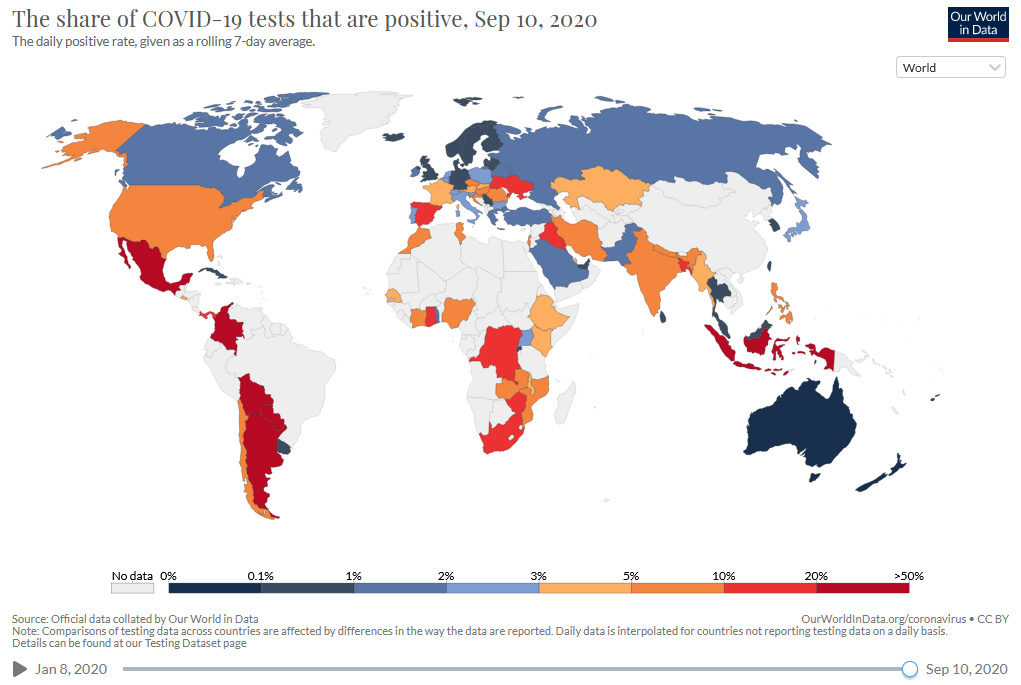
Criteria published in May by the World Health Organisation (WHO) says a positive rate of less than five per cent is one indicator that the epidemic is under control in a country. The positive rate has been cited as a benchmark by which economies might gauge the timing of easing economic restrictions aiming to reduce spread of the virus.
In the two weeks to 6 September, Victoria conducted 197,436 tests, finding an average positive rate of 0.6 per cent. This comes from a rate of 0.7 in metro areas and just 0.2 per cent in regional tests.
To date Victoria has recorded 19,538 total cases, and 701 deaths, in a population of 6.6 million.
Although the handling of the virus in the USA has been widely criticised, it can provide a useful comparison in the debate over health versus economic consequences.
The US state of Indiana is the closest to Victoria by way of population, with 6.7 million residents. To date Indiana has recorded 102,243 total cases and 3,410 deaths.
The US is currently finding five to ten per cent positive rate in its testing, yet Indiana has just renewed again its Back on Track regulations released in late August. These guidelines stipulate that following social distancing guidelines set out by the CDC (Centre for Disease Control), permitted are:
- Social gatherings of up to 250 people
- Dining room food service may operate at up to 75 per cent capacity
- Bars and nightclubs may operate at 50 per cent capacity
While Australia enjoys an enviable position as a clear outlier in terms of testing against daily confirmed cases, the goal of every nation is to find a balance between the immediate health costs to society and the longer-term economic and frequently associated health detriments of economic containment.
